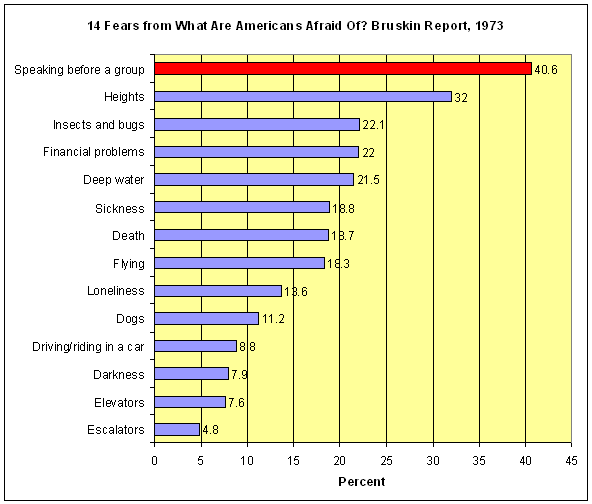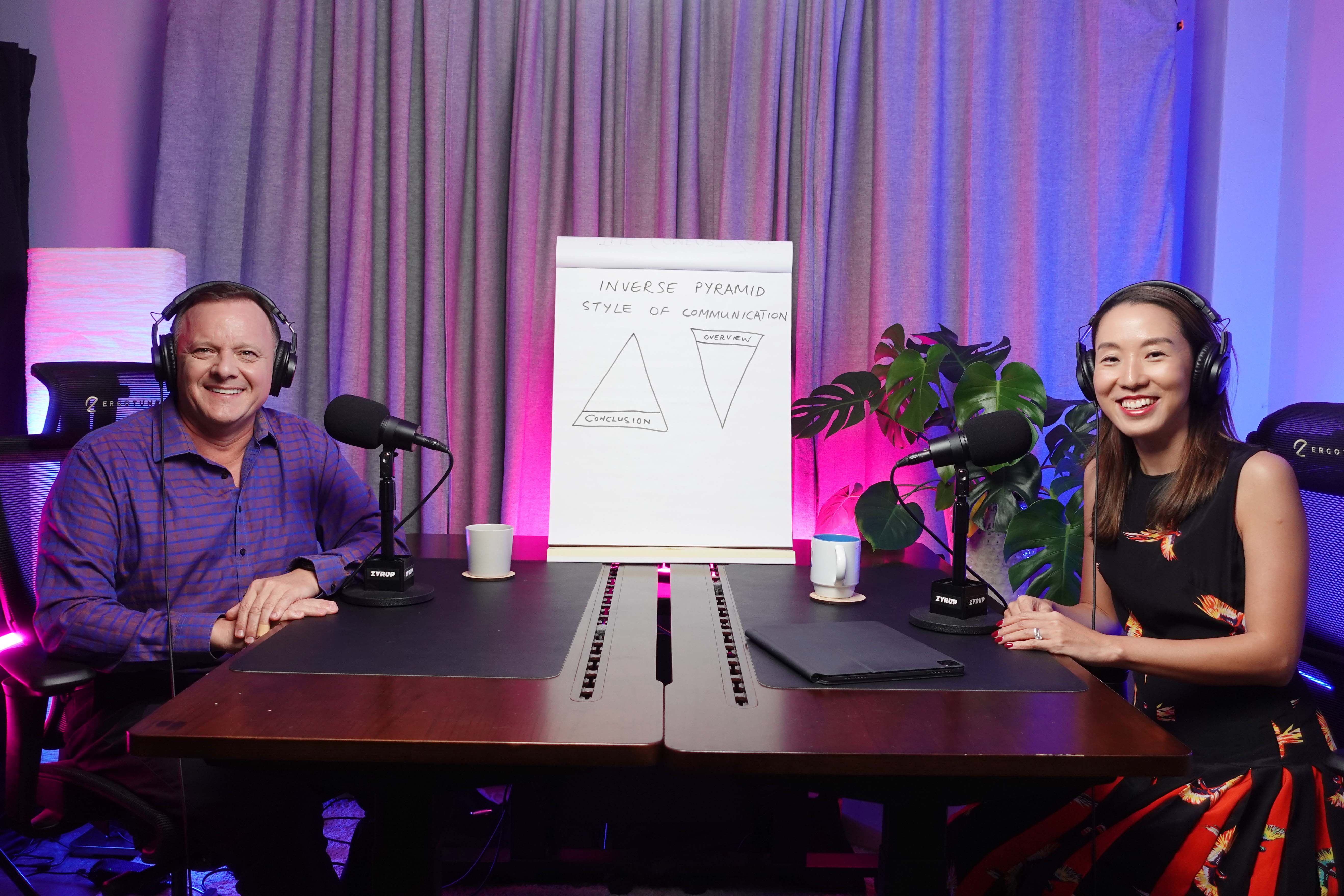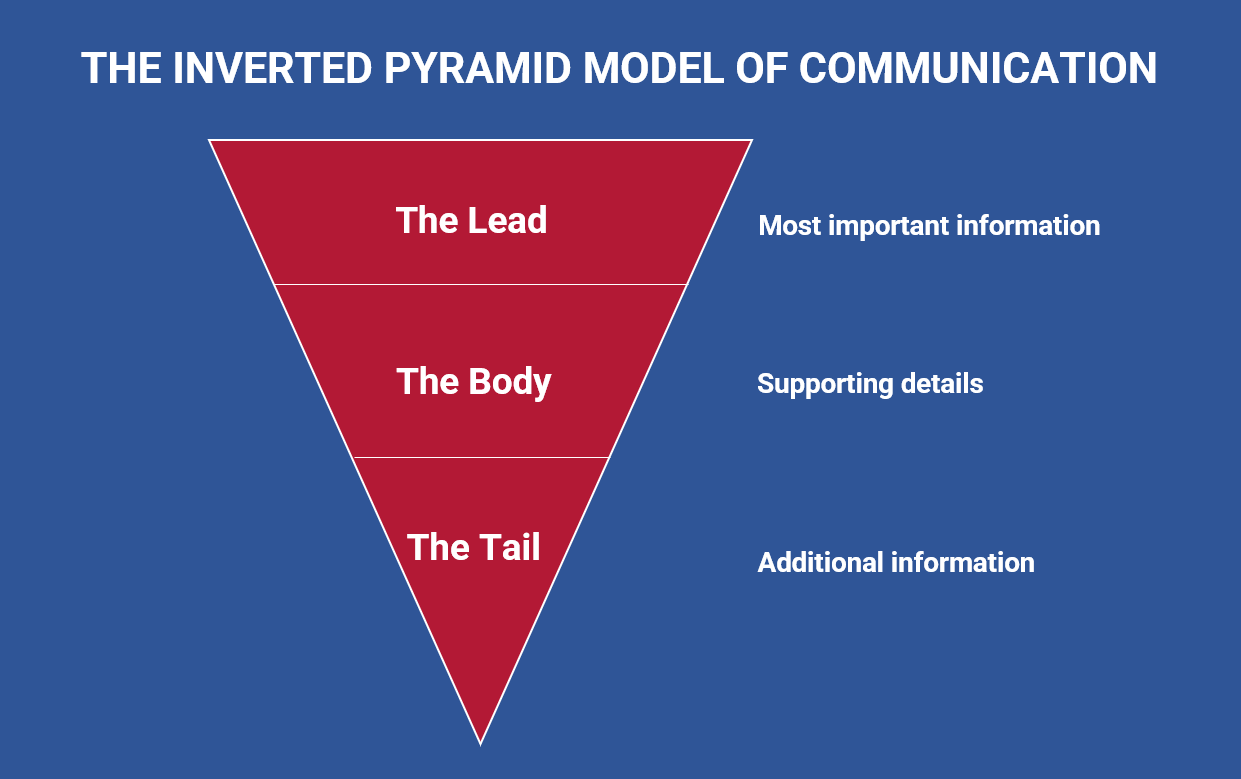Can our work speak for itself?
Mar 30, 2023
Find Your Superpower newsletter 007
Read time: 5 minutes
Topics covered: Public speaking, effective communication, presentation skills, upskilling
Cringey, cringeworthy.
Watching my old public speaking videos makes me cringe. Cringe is even an understatement.
I still remember my early days of public speaking. I would toss and turn in my sleep the night before, and I wouldn’t be able to eat the day of.
One thing they don’t tell you about speaking on stage is how hot the lights are and how much the glare prevents you from seeing anything else around you. I would find myself starting to sweat, and my mouth and throat suddenly very dry.
Thankfully, I have made some progress after years of speaking publicly as the CEO and founder of Wildtype Media Group.
But even with my new podcast series, “The Science of Work with Juliana Chan” on Spotify and Apple Podcast, I still cringe when reviewing the footage. I sometimes wonder what unknown force is compelling me to sit myself in front of a video camera and interview experts who know much more about a subject matter than I do, as I struggle to think on my feet and ask clever questions.
That said, I am clear about one of my motivations: I am determined to find my superpower—my authentic voice—through repeated practice. I am a work in progress, and I am glad that I have taken the first step.
Would you like to join me?
A fear that ranks higher than the fear of death
Probably the most commonly cited study about public speaking is a survey that was published in 1973 by R. H. Bruskin Associates, which later appeared in the London Sunday Times.

This study is frequently reported for one particular statistic: 41% of respondents feared speaking before a group, twice higher than 19% of respondents who feared death.
In episode 2 of my podcast, “How to overcome the dread of public speaking,” I learn from media trainer Glenn van Zutphen, CEO of VanMedia Group, on how to deliver confident, credible and clear communication in business settings, such as during an office meeting or at a company townhall.

Please tune in to our podcast to learn from Glenn about these topics:
- Are good public speakers born or made?
- How do we avoid death by PowerPoint?
- How do we engage our audiences more effectively?
- Is presenting on Zoom any different from presenting in person?
- Is it possible to eliminate verbal pauses such as “uhm” and “you know”?
The inverted pyramid model of communication

A useful concept that Glenn shared is the inverse pyramid model of communication, which I drew above, incidentally, on PowerPoint.
Basically, the inverted pyramid model suggests that the most important information should be placed at the very top of one’s speech or story. Meanwhile, the less important information should be tucked away at the bottom.
The inverse pyramid model is especially valuable if you are in an entrepreneurial or sales role. In some cases, we may only have 30 seconds to describe “what are you working on right now” to a potential client or investor. These 30 seconds may be do or die for us. The inverted pyramid provides us a path to getting our message across more efficiently.
On the contrary, academic communication typically follows an upright pyramid model: we start with the background information and introduction (the tip of the pyramid), increasing in breadth towards the most important information, the results and conclusion (the base of the pyramid). While this format is used in most academic presentations, it simply will not engage a general audience. In the attention economy, there is plenty of stimulus available to distract our audiences if they aren’t quickly engaged.
Our humanity is our superpower
With the exponential rise of ChatGPT and generative AI around us, we are starting to warm up to the idea that the future has arrived—a lot of grunt work will eventually be outsourced completely to AI.
On Sunday (March 26), investment firm Goldman Sachs released a report that described how artificial intelligence could replace the equivalent of 300 million full-time jobs.
In the report, they wrote that 18% of work globally could be computerized, with the effects felt more deeply in developed countries than emerging ones, and affecting white-collar workers more than manual laborers. Those in physically demanding jobs and outdoor occupations, such as construction workers and technicians, would experience “little effect.”
Whether or not we agree with this report is not even that important here. We should be prepared for such a scenario, in any case, by upskilling in areas that are human-to-human in nature, in areas where our humanity triumphs over a machine.
Public speaking is one such skill, be it in person or on Zoom. Public speaking is a gateway to many core human interactions and job functions, such as managing and coaching a team, taking on leadership positions at work, and in roles that require significant interpersonal connection, such as education and politics.
As a former academic, I can’t tell you how often I’ve heard this being said, “I prefer to let my work speak for itself.” The idea behind this statement is that those who are pro-social media and pro-public speaking are mostly “all noise” and lacking in technical merit. To be fair, this is a real possibility; it could very well be the case that these folks are sorely lacking in substance.
But could we take a step back and workshop a hypothetical third scenario?
What if there were a third group that is not only excellent technically, but additionally able to persuade, convince, coach and inspire?
Suddenly, this third group has a huge advantage over everyone else, by not only having substance but also style. The combination of hard and soft skills is a massive gamechanger in the workplace… a true superpower indeed.
Why can’t that person be us?
Thanks for reading issue 007 of my weekly Find Your Superpower newsletter.
See you next week.
Besides my newsletter:
- I invite you to subscribe to The Science of Work podcast on Spotify and Apple Podcast to be alerted to future podcast episodes. Please also leave me a five-star rating and comment to help others find my podcast! ⭐⭐⭐⭐⭐
- Buy my 1h on-demand video course on professional branding, called Find Your Superpower: How to Rebrand Yourself on LinkedIn. It will help you identify your professional brand, write a brand statement from scratch, and create original content and network on LinkedIn
- Sign up to my newsletter mailing list to receive a 10% DISCOUNT coupon code for the masterclass.